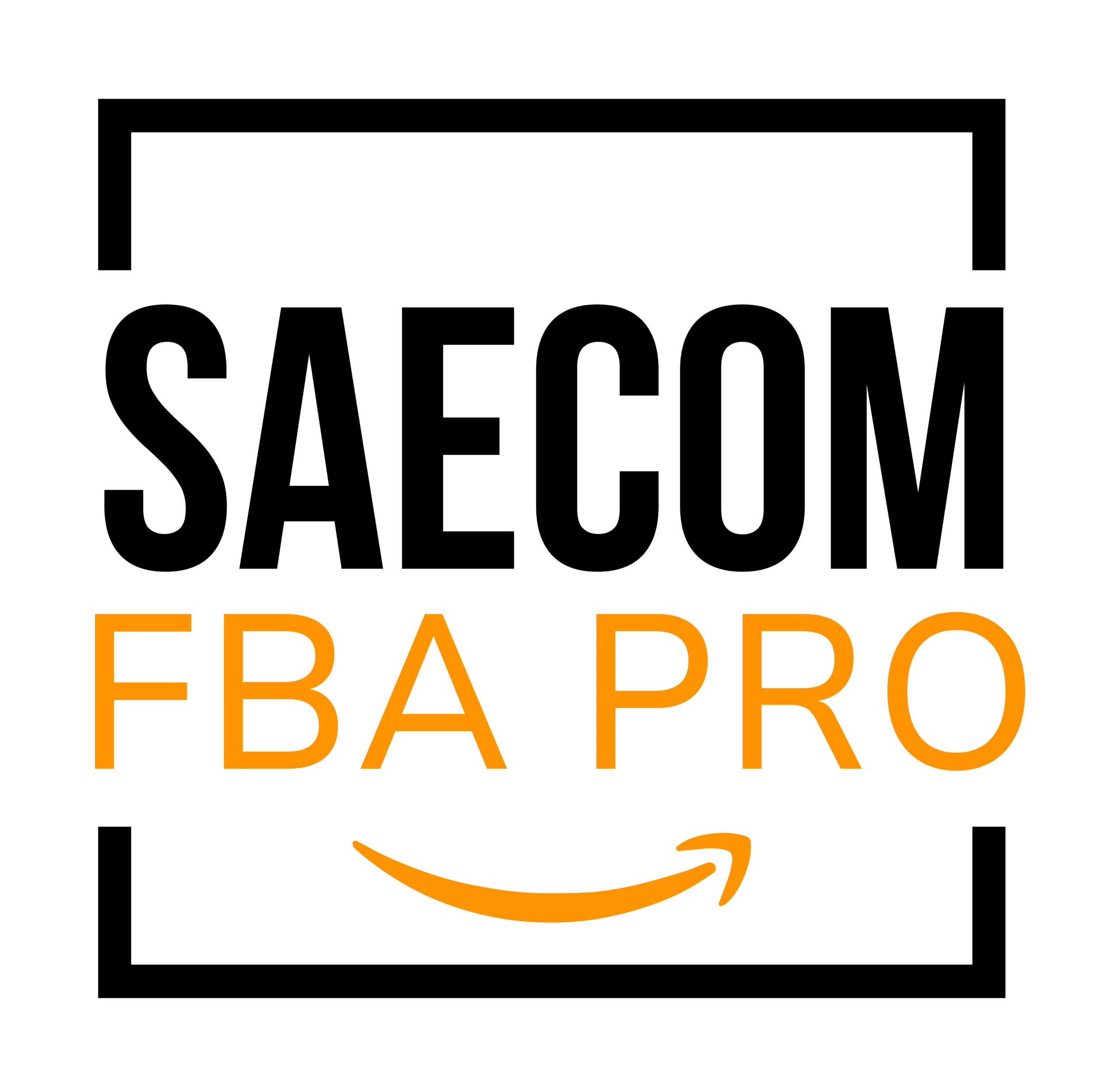Fast and Easy Guide to Amazon Niche Research
Finding a profitable niche on Amazon doesn’t have to be complicated. The process we’ll share with you is simple but does require some effort. It’s an excellent approach for anyone eager to discover the right Amazon niche quickly and start their journey toward becoming a successful seller.
We’ll guide you through methods that apply to all e-commerce marketplaces, helping you uncover real, profit-generating niche ideas.

What Is a Niche and Why Does It Matter?
A niche represents a smaller, specialized segment of a broader market — targeting specific demographics, interests, or customer needs. Think of it as a sub-market. For example, in the automobile industry, niches could include radial tires or pistons. In electronics, niches might be portable chargers or wireless earphones.
The advantage of niches lies in their focus. Serving a smaller group of customers often means less competition and higher profitability. For your Amazon business, this is crucial. Instead of targeting a massive market, you can focus on a smaller audience — say, 1,000 potential buyers instead of 100,000 — making it easier to generate sales and build loyalty.
That’s why niche products are so attractive to Amazon sellers. They make marketing more efficient and selling much simpler.
Leveraging Big Marketplaces for Small but Powerful Success
Amazon, eBay, and Walmart dominate the online retail landscape, accounting for more than half of all e-commerce sales in the U.S. The best part? These platforms welcome both individuals and professional sellers.
Your goal should be to identify high-demand, low-competition products among the thousands available. New sellers often feel overwhelmed, unsure where to start. The key is to list as many potential products as possible, then narrow that list through research and filtering.
Focus your efforts on finding products with solid demand but less competition. Avoid overly saturated categories like “Nike shoes” or “electronic cigarettes,” where SEO expertise and large budgets are needed to compete.
The ideal strategy is to use tools and data to generate and refine product ideas efficiently — saving time and revealing unique niches that others have overlooked.
How Product Research Tools Can Help
Modern Amazon niche research tools give sellers access to millions of product insights. They can help you evaluate profitability, benchmark competitors, analyze sales trends, and verify whether your niche idea has real potential.
By using these insights, you can validate your product before investing in inventory — reviewing details such as average selling price, sales volume, revenue trends, and competition levels. This data-driven approach helps you avoid investing in products doomed to fail and instead focus on those with long-term promise.
9 Tips to Find the Best Amazon Niche Product
Tip 1: Choose a Product with Year-Round Demand
While not mandatory, choosing a non-seasonal product ensures stable sales throughout the year. For example, Bluetooth headphones maintain steady demand year-round, while air conditioners only peak in summer.
Use keyword tools like Google Keyword Planner or Amazon’s search analytics to evaluate search volume trends. Products with consistent interest across all months are ideal for maintaining reliable sales and predictable revenue.
Tip 2: Prioritize Products with Strong Profit Margins
The ultimate goal of any Amazon seller is profitability. Before ordering inventory, calculate all expenses — including shipping, advertising, and Amazon fees — to ensure your margins are healthy.
A good rule of thumb is to aim for at least a 15% profit margin. Tools like FBA calculators can help you estimate costs. Remember, higher-priced products (e.g., buying for $15 and selling for $30) often offer more flexibility than low-cost, high-volume items like pens.
Tip 3: Look for Products with Little or No Video Competition
If your main keyword has few or no product review videos on YouTube, you have a great opportunity. You can create product videos and rank higher on YouTube and Google, driving additional traffic to your Amazon listings. Video marketing can help you gain a competitive edge and establish brand credibility faster.
Tip 4: Consider Product Size and Weight
Large or heavy products can be expensive and difficult to ship, both from suppliers and to customers. Smaller, lightweight products are easier to manage and ship — and they’re often more suitable for FBA or dropshipping models. Always calculate total weight and dimensions before sourcing a product to protect your profit margins.
Tip 5: Evaluate the Competition
Search your target keyword on Amazon and review the results. If the top listings are dominated by major brands or thousands of reviews, the market is likely oversaturated. Focus instead on niches with fewer competing listings where your product can stand out more easily.
Tip 6: Check for Sponsored Product Ads
Search your main keywords on Amazon or Google. If you see sponsored ads, that’s a good sign — it indicates active demand and profitability in the niche. Sellers typically advertise when they’re confident about sales potential, which can be a positive signal for you as well.
Tip 7: Confirm That the Product Has Consistent Demand
High-demand products generate regular orders and build loyal customer bases. Check daily sales estimates and customer reviews to confirm consistent interest throughout the year. Ideally, target products with at least 100 daily sales and minimal fluctuations outside peak seasons.

Tip 8: Explore Niche Communities for Product Ideas
Online communities like Reddit, Quora, or Facebook Groups are great sources of niche inspiration. Participate in discussions about travel, pets, fitness, or hobbies to uncover unique problems people face — these often translate into profitable product ideas.
For instance, travelers discussing lost luggage or language barriers could inspire products that solve these issues. Once you find an idea, validate it using keyword and market research tools to measure competition and demand.
Another approach is to focus on specific audience interests — like solo travel, beach vacations, or eco-friendly living — and build product ideas tailored to those niches.
Tip 9: Use Amazon’s Categories to Find Hidden Niches
Amazon’s own platform can serve as your best niche finder. Start by selecting a department and exploring subcategories. Review the “Best Seller Rank” and product details to identify which items perform well.
Products that meet the right mix — moderate competition, strong demand, lightweight, and a good price point — are excellent candidates. Be systematic and record your findings to compare later.
Your Ideal Product Should Look Like This:
- Small and lightweight
- Priced between $15 and $50
- Generates $10 profit per sale
- Has daily orders of around 10 units
- Faces low to moderate competition
Think Globally, Act Locally
Amazon US may have intense competition, but what’s oversaturated in one market could be untapped in another. Products that perform well in the U.S. might not yet exist in other Amazon marketplaces. Identifying such opportunities can help you expand strategically with less risk.
Suppliers for most products can be easily found on platforms like Alibaba. By improving packaging, branding, and listing quality (images, bullet points, and descriptions), you can stand out even in moderately competitive markets.
Understanding Keywords and Metadata
Keywords and metadata work hand in hand to boost product visibility. Keywords help your listings appear in search results, while metadata — the unseen data behind your titles and descriptions — strengthens your listing’s technical optimization. Together, they improve your product’s discoverability and ranking potential.
How to Brainstorm Niche Keywords
Start by listing all words or phrases that relate to your product idea. Write freely — the goal is to generate as many keyword possibilities as possible. Later, refine the list using keyword tools like Google Keyword Planner or Amazon-specific research software.
These tools help identify search volume, competition, and relevance. Combine this data with auto-suggestions from Amazon’s search bar to uncover new, related keywords. Prioritize those with manageable competition and healthy search volume.
Why You Should Use Analytics Tools for Amazon Niche Research
Product research and analytics tools simplify the process of finding profitable niches. They help identify keywords with lower competition, discover keyword variants, and analyze the top-ranking listings for each niche.
By tracking metrics like reviews, ratings, best seller rank, and listing quality, you can identify gaps in the market — products that are in demand but lack strong competitors. Once you’ve launched your product, these tools can also monitor performance, keyword rankings, and reviews to optimize your ongoing strategy.
Final Thoughts
Building a successful Amazon business starts with finding the right niche. While it takes time and research, the process becomes easier with the right approach and tools. By identifying high-demand, low-competition products, and validating your ideas before investing, you can minimize risk and set your Amazon store on the path to consistent growth.
With smart planning, detailed research, and persistence, you can turn a single niche idea into a thriving online business.


